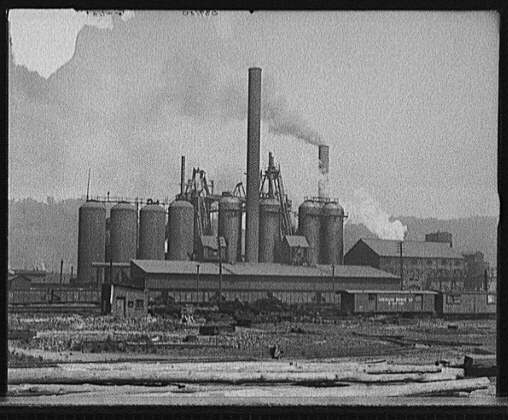History
Economic

The Carnegie Steel Company, "Lucy"
furnace, Pittsburgh, PA. Circa 1900-1915.
Photo courtesy of the Detroit Publishing Company.
The growth of the economic census reflects the blossoming industrialization and the spread of communications in the United States since the early 19th century. Temporary census offices took these censuses with increasing detail and accuracy until 1900. Demands for more frequent enumerations, resulting in more current economic data, were major factors in the establishment of a permanent Census Bureau in 1902. In the early twentieth century, there were censuses of manufactures every two years. Later, the Census Bureau conducted these censuses at five-year intervals, and put them on the same schedule as those of the construction, mineral, service, financial, insurance, and real estate industries; surveys of minority- and women-owned businesses; and many more. This integration took place during the 1950’s, in order to ensure complete, unduplicated, comparable data for all of their components.
The Census Bureau has increasingly enumerated companies by mail and, for many small establishments, by using administrative records in lieu of questionnaires. The introduction of mechanical tabulation, electronic tabulation, and computers and the Internet increased the variety of data products available and how the information could be accessed.

